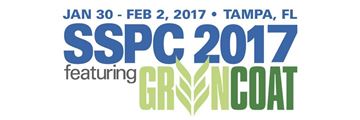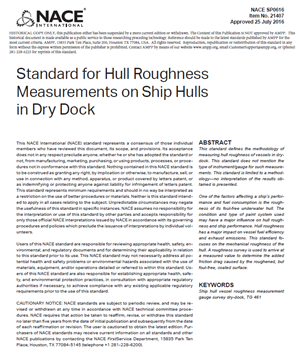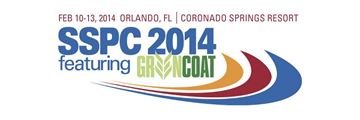Search
Products tagged with 'measurement'
View as
Sort by
Display
per page
Soluble Salt Measurement: Are We Measuring it Correctly?
Product Number:
51217-026-SG
Publication Date:
2017
$20.00
SP0297-2012 Maintenance Painting of Electrical Substation Apparatus Including Flow Coating of Transformer Radiators
Product Number:
21081-SG
ISBN:
1-57590-042-4
Publication Date:
2012
$109.00
SP0616-2016, Standard for Hull Roughness Measurements on Ship Hulls in Dry Dock
Product Number:
21407-SG
Publication Date:
2016
$179.00
SSPC-PA2: New Electronic Data Collection Solutions
Product Number:
41214-868-SG
Publication Date:
2014
$20.00
TM0199-2013-SG "Standard Test Method for Measuring Deposit Mass Loading (“Deposit-Weight-Density”) Values for Boiler Tubes by the Glass-Bead-Blasting Technique"
Product Number:
21236-SG
ISBN:
1-57590-082-3
Publication Date:
2013
$109.00
TM0497-2018, Measurement Techniques Related to Criteria for Cathodic Protection on Underground or Submerged Metallic Piping Systems
Product Number:
21231-SG
Publication Date:
2018
$179.00
TM0497-HD2012-SG Measurement Techniques Related to Criteria for Cathodic Protection on Underground or Submerged Metallic Piping Systems
Product Number:
21231-HD2012
ISBN:
1-57590-047-5
Publication Date:
2012
$179.00
Update to SSPC-PA 9 Paint Application Specification
Product Number:
41216-945-SG
Publication Date:
2016
$20.00








